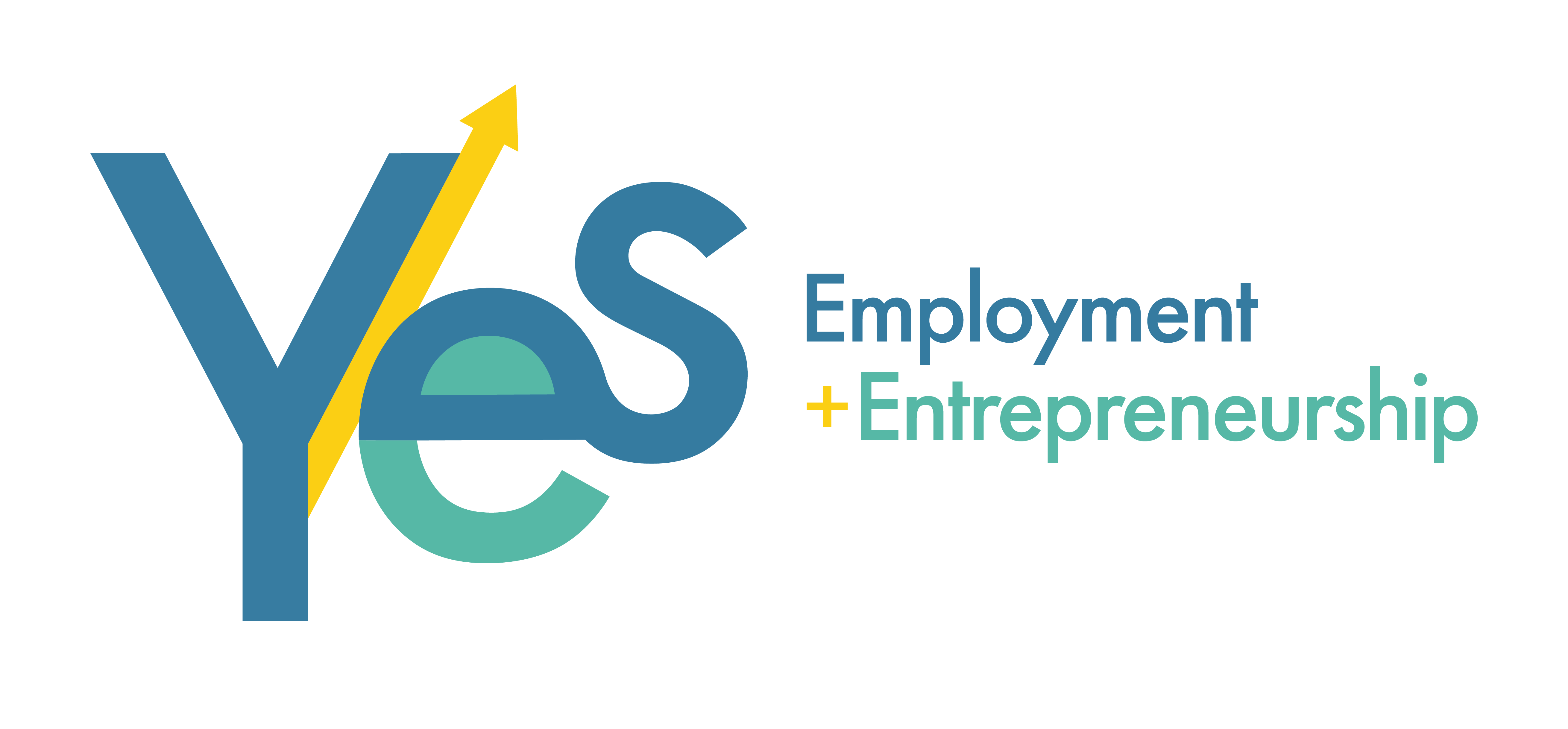5 Key Things Holding Women in Tech Back – and What Can Be Done
Increasing the number of women in technology will require concerted effort from employers, allies within technology companies and women in tech themselves.
Given the serious barriers that women face, it’s important to celebrate the women who challenge the stereotypes and rise to the top of their STEM fields. Doing so can provide inspiration for girls and boys alike.
And there is no shortage of role models to choose from, as women in STEM hail from all corners of the globe. Seven outstanding women in their fields served on a special Women in STEM panel as part of a recent Forbes Technology Council event. They—and their incredible work—are worth celebrating.
The COVID-19 pandemic has turned workplaces upside down, with employees struggling to do their jobs, worrying about health and finance issues, and company cultures being jeopardized by remote work. Women, in particular, have been negatively impacted. Companies need to build systems to address these issues to prevent women from leaving the workplace.
Advancing gender equality is certainly desirable, but may not seem vital during this turbulent time — yet that assumption couldn’t be further from the truth. In fact, losing sight of gender equity right now is likely to put you at a real disadvantage when the pandemic begins to recede. The benefits of gender equity are numerous, but there are 10 that tend to hold true across the board — and are particularly critical in these uncertain times.
YES’ Advancing Women in STEM initiative, launched in 2017, was created to provide recommendations and test solutions to key challenges compromising women’s retention and access to leadership positions within STEM industries. One of the project’s main objectives was to support a team of “change agents” within select pilot companies as they created internal initiatives to support female employees, and influenced organizational functions and structures that hindered inclusion and equal access to opportunity. Outlined below are the outcomes, lessons learned, and recommendations identified by the leaders from the three piloting companies, GSoft, IC Axon and OneSpan.
Read the full document here. Version française ici.
How do you increase the number of women working in science, technology, engineering and mathematics? Toronto-based photographer Natalia Dolan asked female leaders in these fields to weigh in.
Read the article here
TechGirls Canada is the hub for Canadian women in Science, Technology, Engineering, and Math (STEM)
They are a not-for-profit organization committed to conducting research and co-designing solutions that address barriers for diversity and equity in science and technology sectors by championing LGBTTQ+, immigrant, refugee, and Indigenous women, women of all colours and all abilities.
Getting Smart is a learning design firm that provides advocacy, advisory and coaching services that support more powerful learning for all. They partner with education focused foundations, learning organizations, schools and districts to invent the future of learning.
Learn more about their 7 promising STEM gender gap solutions
The Canada-United States Council for Advancement of Women Entrepreneurs & Business Leaders seeks to develop advice to boost women’s economic engagement. The Council is an independent and autonomous group that makes recommendations for the advancement of women to the private sector and their respective governments.
Learn more here
Listen to stories about fascinating women working and learning in science, technology, engineering, and mathematics (STEM) fields; and learn about programs and practices throughout the U.S. designed to broaden the participation of women in STEM.
Listen to the radio stories here















